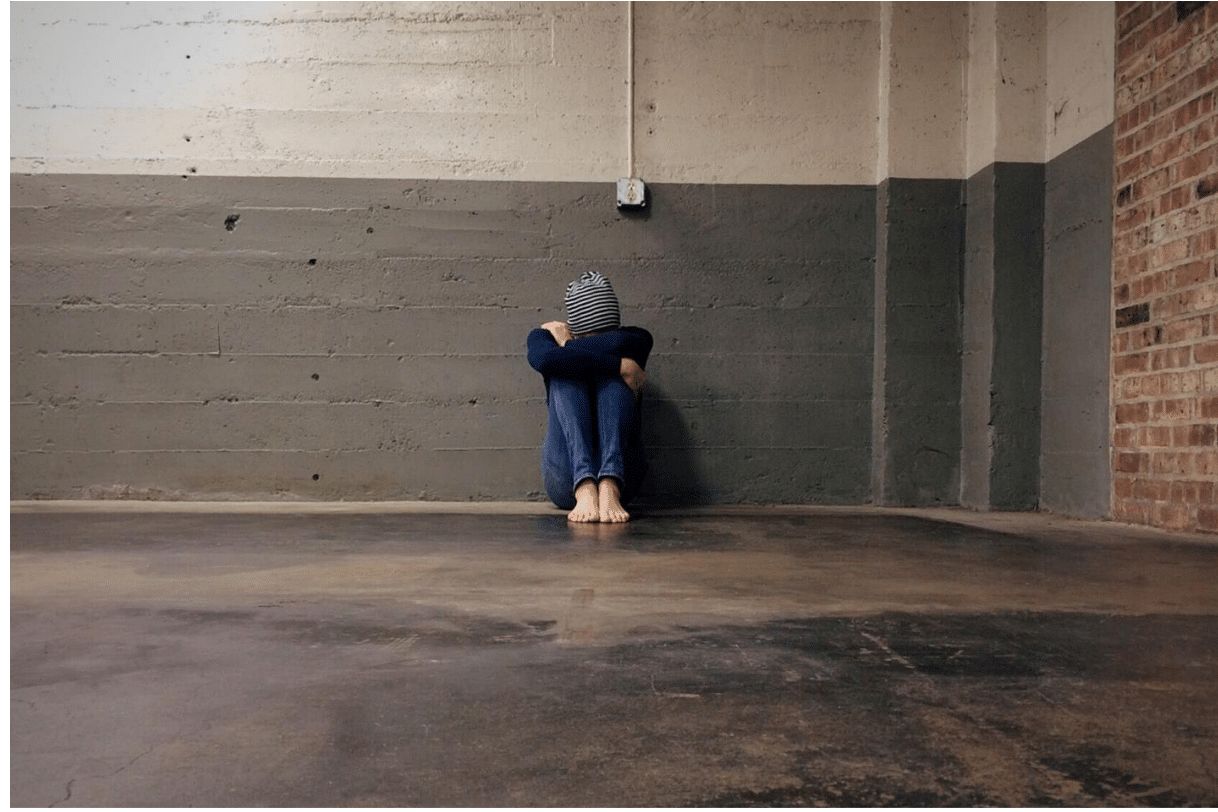Human trafficking is a major public health and safety issue in the United States. It is a serious crime that involves people selling their labor or their personal belongings in exchange for money or other benefits. The victims may be forced to perform labor or sexual acts for pay or to provide free labor in private households.
Public awareness campaigns are aimed at highlighting the problem of human trafficking and the resources available for victims of this crime.
Statistics on human trafficking in the United States
According to statistics from the U.S. Department of Homeland Security, more than 31 million people are abused by human traffickers, of which 10.1 million are children.
The FBI reports approximately 150 to 200 cases of human trafficking each year, according to the National Human Trafficking Hotline. Click the link for the official FBI web page about human trafficking. However, that doesn’t mean that exploitation doesn’t take place in a given state.
The statistics are based on the reporting of crimes related to human trafficking, which is conducted by law enforcement agencies, victim service organizations, and human trafficking hotlines.
Although human trafficking cases are often under reported in the United States, a recent study revealed that more than half of victims made contact with a healthcare provider during their victimization. Furthermore, 68 percent of victims were evaluated in the emergency room. These statistics prove that missed opportunities contribute to the spread of disease.
Moreover, it is not just limited to children, but affects all races and ethnic groups. It also occurs in families and communities with a history of abuse. Many victims are isolated from their families, social networks, and their native language.
Moreover, their physical appearance is unappealing for their human traffickers, as they lack confidence to communicate with their families. This means that they are more vulnerable to exploitation and abuse.
Statistics on this crime in the United States highlight that the crime has become widespread and is not confined to the poor. Even the richest and most well-educated people have fallen prey to human traffickers.
Many victims have been lured into employment relationships through false promises. They are promised a position as a nanny in the U.S. earning minimum wage, or a job in a sweatshop where they are not paid. These human traffickers may never let the victim leave the premises.
Although the numbers of victims vary, the majority of victims are women and children. They are forced into sexual slavery in various industries, including agriculture, factory work, and domestic servitude. Click here for more information about the role trafficking plays in agriculture.
Many victims suffer physical abuse, sexual assault, sleep deprivation, and threats. These victims may be U.S. citizens or foreign nationals. Regardless of their race, they are undergoing different forms of slavery. For instance, one study shows that approximately 15,000 to 50,000 women and children are enslaved in the United States every year.
Among the most common forms of commercial sex involve minors. Adults are also vulnerable to trafficking, since it usually involves coercion and force.
The victim is also hesitant to report his or her experiences because of fear, shame, and guilt. Further, the victim may be frightened or ashamed of the crime, and may be unable to seek help because of the societal stigma that they’re a victim.
Resources for victims
In order to stop human trafficking, victims must seek medical treatment. Many victims of human trafficking may need long-term housing and medical care. Law enforcement may be necessary for some, but others may be able to leave on their own with the assistance of these service providers.
The Department of Health and Human Services has several resources for health care providers. Attorneys also provide legal assistance to victims of human trafficking.
Federal agencies also have resources available for victims. The Interagency Task Force on Human Trafficking has developed a series of graphics that correct common myths about trafficking. The posters contain useful information on how to identify and report trafficking cases.
Health care providers can share the posters on social media using the hashtag #TruthAboutTrafficking. The OVC also helps victims and provides leadership on their behalf. Life can go on even for those most affected.
